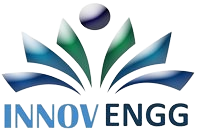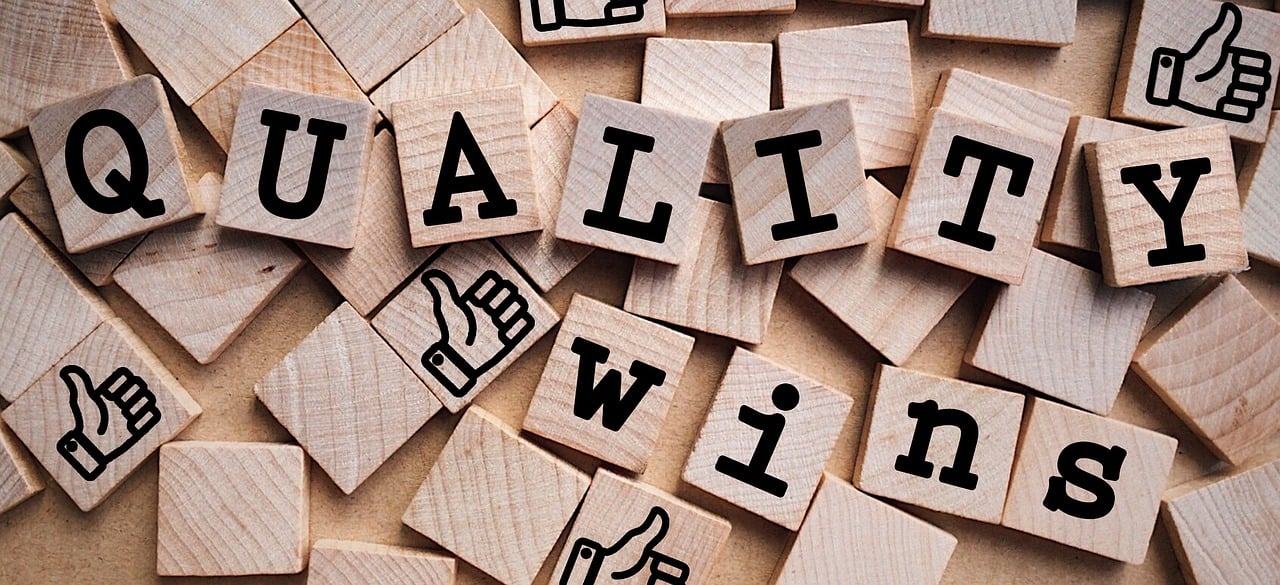Achieving ISO 9001 certification is often seen as a milestone of credibility, signaling to customers and partners that your organization is serious about quality, consistency, and continuous improvement. But here’s the reality: many businesses rush into certification audits only to discover costly gaps, overlooked processes, or unprepared teams. That’s where an ISO 9001 Readiness Assessment makes all the difference.
ISO 9001, the world’s most recognized quality management standard, provides a framework that helps organizations streamline operations, improve customer satisfaction, and build trust in their products or services. However, reaching compliance isn’t just about having documents in place—it requires alignment across leadership, processes, and culture.
A readiness assessment acts as a dress rehearsal before the big audit, helping you identify weaknesses, close gaps, and build confidence that your organization is truly ready for certification. In this article, we’ll break down what an ISO 9001 readiness assessment is, why it’s important, what areas it covers, and how to prepare so that your journey to certification is smoother, faster, and more effective.
What is an ISO 9001 Readiness Assessment?
An ISO 9001 readiness assessment is essentially a pre-certification health check for your quality management system (QMS). Its purpose is to evaluate how closely your organization aligns with the requirements of ISO 9001 before going through the formal certification audit. Instead of testing your system against an external auditor’s strict lens, it provides an internal review designed to uncover weaknesses and opportunities for improvement.
The key difference between a readiness assessment and a certification audit lies in the level of scrutiny and consequences. A certification audit determines whether you pass or fail against the standard, directly impacting your ability to achieve certification. A readiness assessment, however, is diagnostic—it highlights what’s working, what isn’t, and what needs to be fixed without the pressure of immediate judgment. Organizations should consider conducting a readiness assessment well before scheduling their certification audit, especially if they are new to ISO 9001 or have not recently updated their systems.
Key Benefits of a Readiness Assessment
One of the greatest advantages of a readiness assessment is the ability to identify compliance gaps early, allowing teams to address them before auditors arrive. By doing so, organizations can save significant time and money that might otherwise be spent on corrective actions after a failed or delayed certification attempt.
Beyond compliance, the assessment often uncovers ways to improve process efficiency, streamline documentation, and increase employee awareness of their role in quality management. When employees understand the standard and how their work contributes to it, engagement and accountability naturally improve. Importantly, readiness assessments also reduce the risk of non-conformities during the certification audit, providing peace of mind and boosting confidence across the organization.
Core Areas Reviewed in a Readiness Assessment
A thorough readiness assessment examines the building blocks of a quality management system. These typically include:
-
Documentation and Records Management – ensuring policies, procedures, and work instructions are up to date and accessible.
-
Leadership and Commitment – verifying that top management is actively engaged and that quality goals align with business strategy.
-
Context of the Organization – analyzing internal and external factors, as well as stakeholder expectations.
-
Risk-Based Thinking – assessing how risks and opportunities are identified, documented, and acted upon.
-
Operational Processes – reviewing consistency, monitoring, and control of day-to-day activities.
-
Internal Audits and Corrective Actions – evaluating whether existing internal reviews are effective and followed by meaningful improvements.
-
Customer Focus – checking that feedback mechanisms exist to measure satisfaction and drive service or product enhancements.
Steps to Conduct an ISO 9001 Readiness Assessment
Conducting a readiness assessment follows a structured process:
-
Define scope and objectives – clarify what areas of the QMS will be evaluated.
-
Review current documentation and systems – ensure policies, manuals, and records are available and aligned with requirements.
-
Interview key stakeholders and employees – gauge awareness, roles, and responsibilities across the organization.
-
Conduct a gap analysis – compare current practices against ISO 9001 clauses.
-
Provide findings and actionable recommendations – present a clear picture of what needs to change.
-
Develop an improvement action plan – create a roadmap with priorities, timelines, and ownership.
Common Gaps Found During Assessments
It is common for readiness assessments to uncover recurring issues. These often include incomplete or outdated documentation, a lack of management engagement, or poorly defined processes with unclear responsibilities. Weak internal audits and corrective actions can also be red flags, as they indicate a reactive rather than proactive approach to quality. Another frequent gap is the limited use of customer feedback, which undermines the core ISO 9001 principle of customer focus.
How to Prepare Your Organization for a Readiness Assessment
Preparation begins with building awareness. Training employees on the basics of ISO 9001 helps them understand why quality matters and how they contribute. Appointing internal quality champions ensures accountability and support across departments. Before the assessment, organizations should gather and organize documentation, perform a self-assessment, and foster a culture that encourages continuous improvement rather than last-minute fixes.
Choosing the Right Partner for the Assessment
While some organizations conduct readiness assessments internally, many benefit from bringing in external consultants. External experts provide a fresh, unbiased perspective, drawing on industry knowledge and best practices from similar organizations. The right partner should have proven experience, practical recommendations, and a collaborative approach rather than a checklist mentality. The choice between internal and external depends on resources, but a mix of both often delivers the strongest results.
Next Steps After the Readiness Assessment
Once the assessment is complete, the real work begins. Organizations should act quickly to implement corrective actions, assigning responsibility and tracking progress through clear KPIs. A follow-up review or reassessment can validate improvements and confirm readiness before scheduling the certification audit. Beyond this, organizations should view readiness as an ongoing practice—not a one-off exercise—by continuously monitoring, auditing, and refining their QMS.
10. Conclusion
An ISO 9001 readiness assessment is more than a pre-certification checkpoint—it’s an investment in long-term quality and operational resilience. By identifying gaps early, reducing risks, and engaging employees, it sets the foundation for a smoother path to certification and a stronger culture of excellence.
If your organization is considering ISO 9001 certification, don’t leave success to chance. Start with a readiness assessment to ensure you’re fully prepared and positioned for lasting improvement.
👉 Download our free ISO 9001 Readiness Checklist to quickly evaluate your organization’s current status and take the first step toward certification with confidence.

